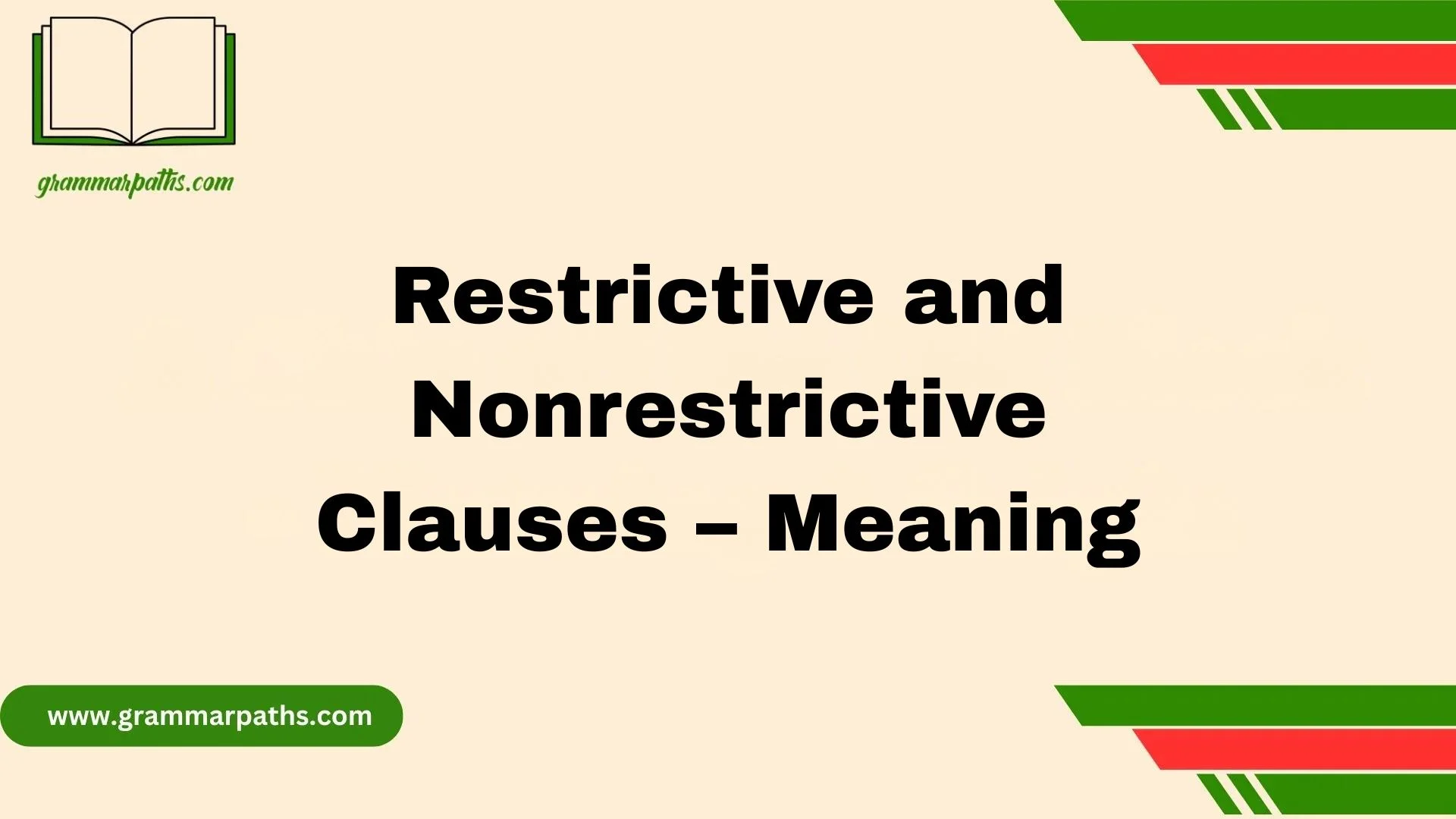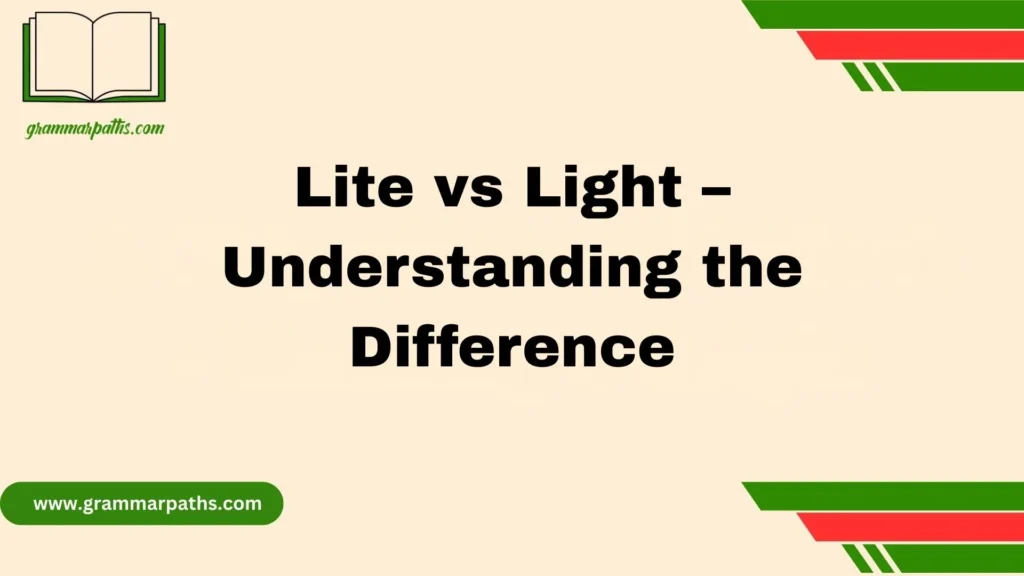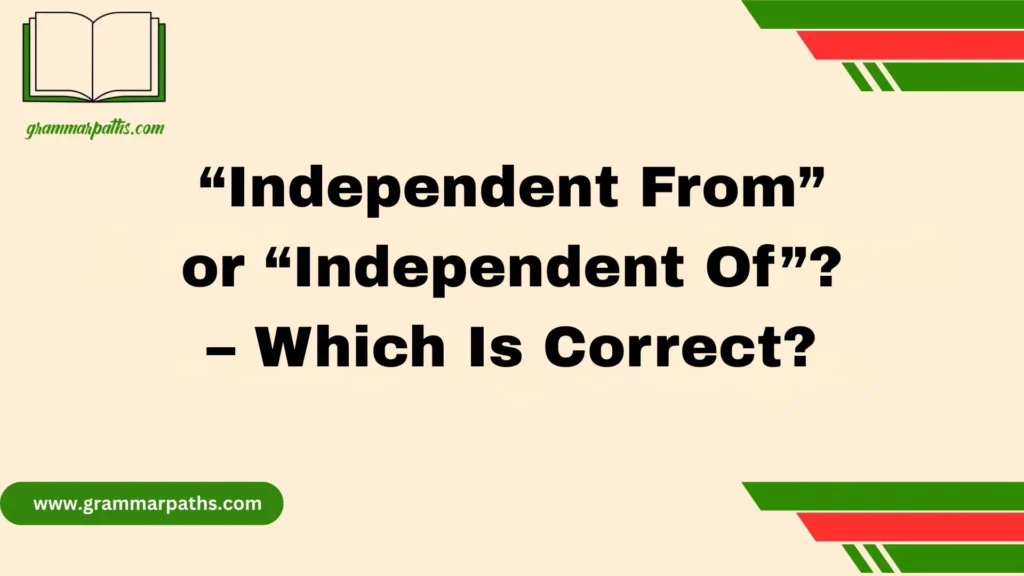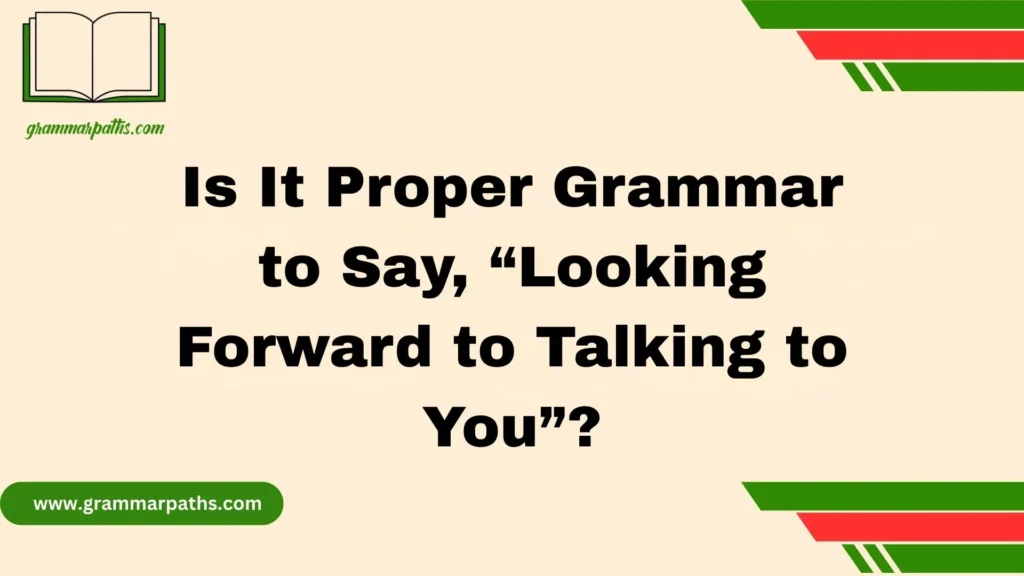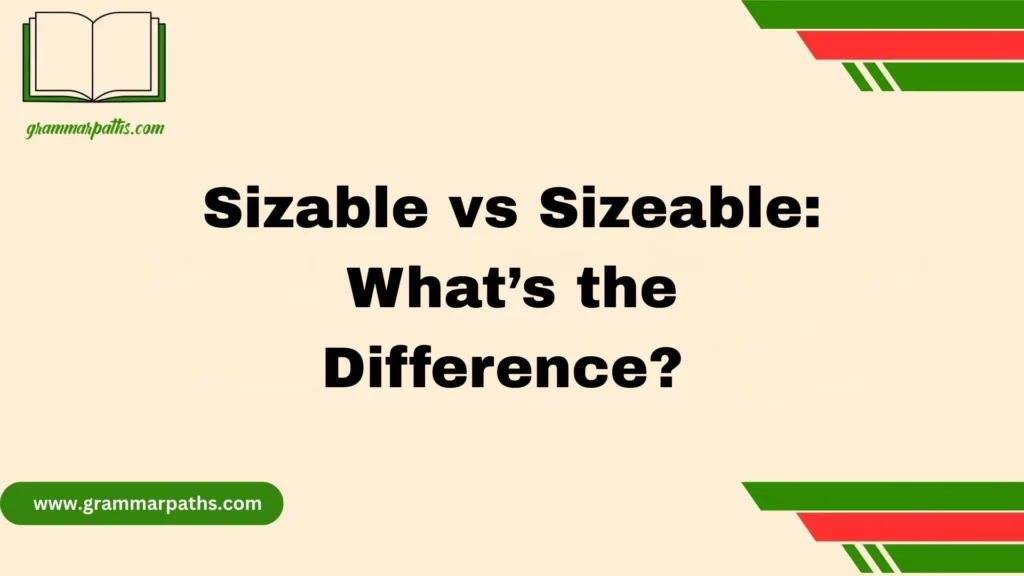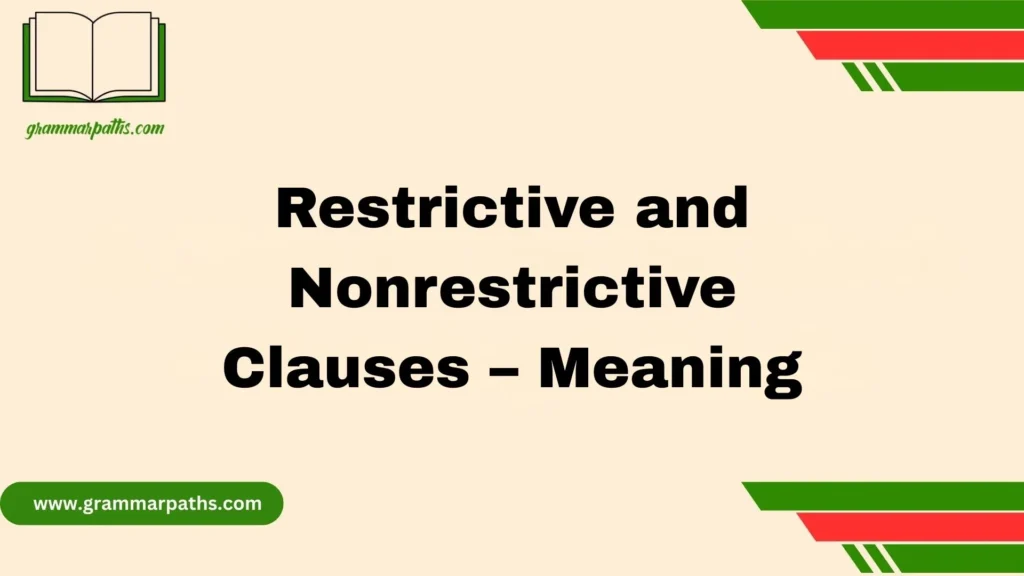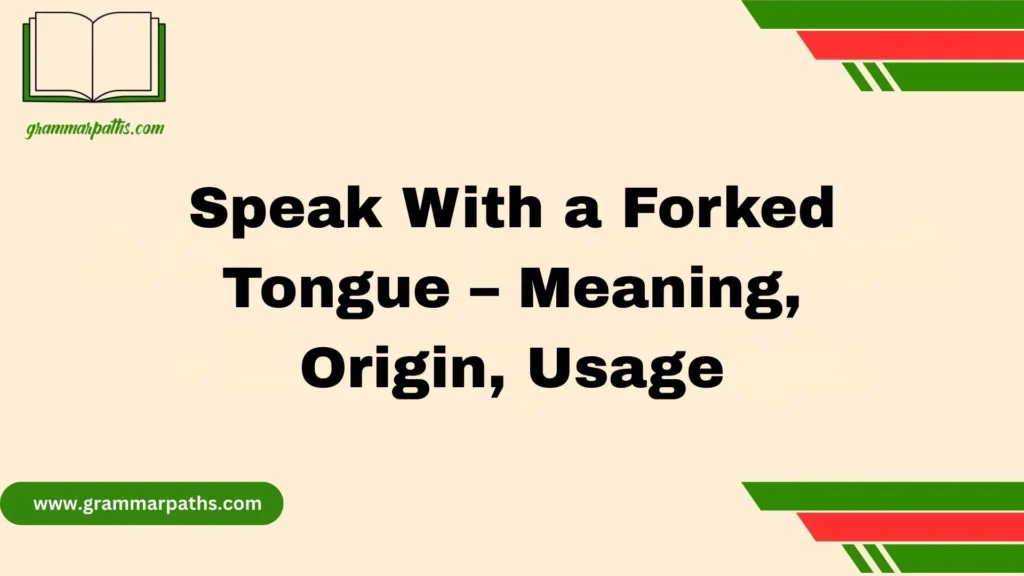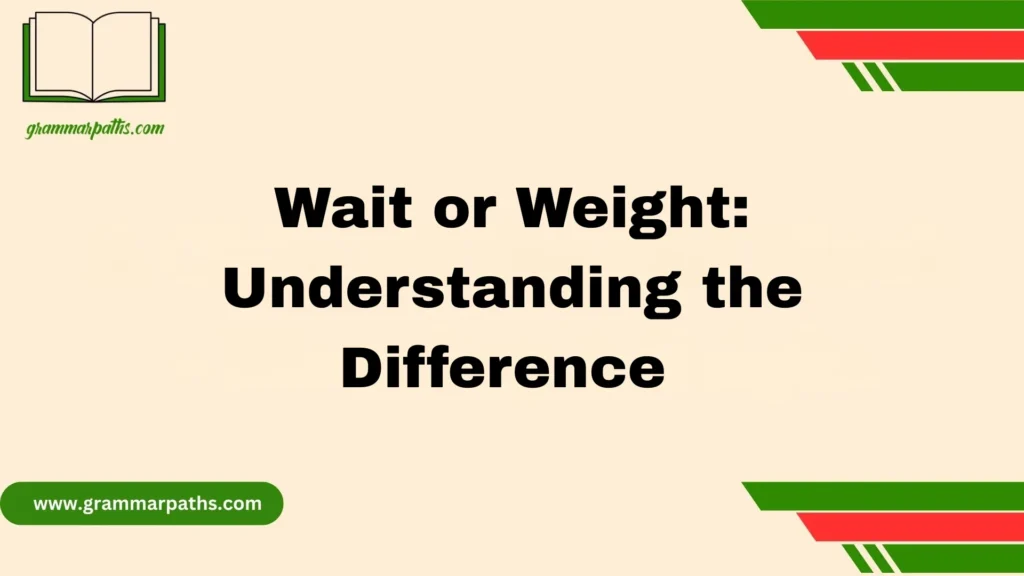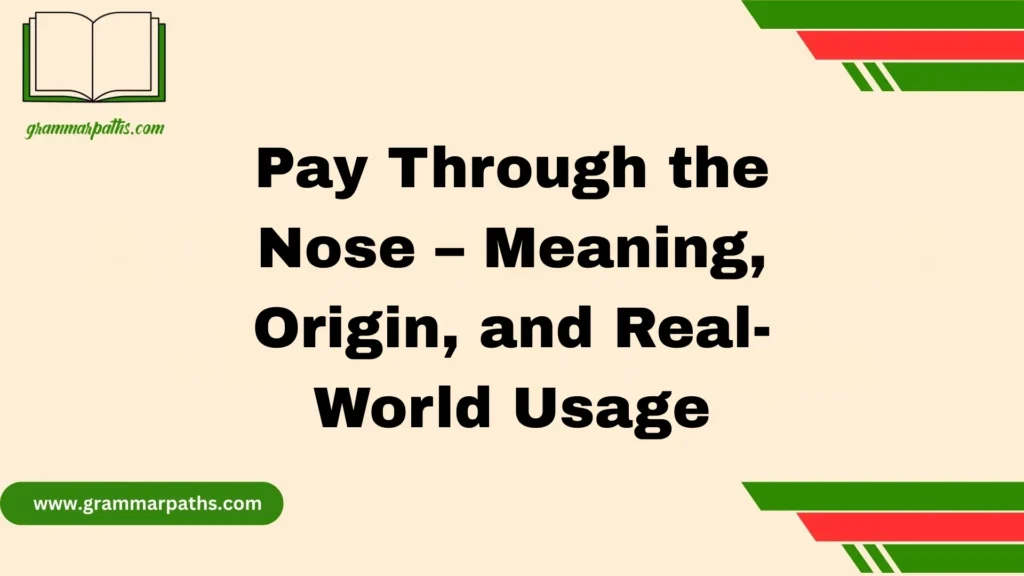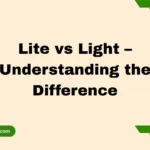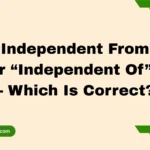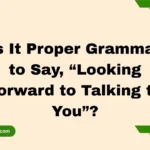When I first started editing business reports, I noticed how a misplaced clause or a missing comma could completely alter the meaning of a sentence. Even experienced writers sometimes struggle to tell whether a part of a sentence is restrictive or nonrestrictive, and that confusion can easily affect how the reader understands the message. A restrictive part gives essential information, while a nonrestrictive one adds extra details. The difference might look small, but it plays a big role in how your idea is understood. When I trained my team, we used real-world examples and short exercises to grasp these types of clauses and learn how to apply them correctly. The goal was to help everyone write more clearly and professionally, without creating confusion for the reader.
Over time, I developed a practical guide to explain this concept using a simple technique—break a complex sentence into parts and ask whether the detail is truly necessary. If it is, it’s restrictive and should stay close to the word it modifies. If not, it’s nonrestrictive and needs punctuation to mark it off. Making smart choices about which word or that word to use helps avoid stylistic error and improves grammar clarity. Understanding structure, sentence flow, and even a bit of psychology behind how readers process text allows you to write more effectively. With consistent understanding and practice, this skill becomes second nature—and it turns clear writing into a professional strength.
What Is a Clause in Grammar?
A clause is a group of words that contains both a subject and a verb. Clauses come in two main types: independent and dependent.
- Independent clause: Can stand alone as a complete sentence.
Example: “She laughed.” - Dependent clause: Relies on another clause to complete its meaning.
Example: “When she laughed.”
Clauses are the building blocks of sentences. Understanding how they function helps you structure thoughts logically and clearly.
Here’s a quick comparison table:
| Clause Type | Can Stand Alone? | Example | Function |
| Independent Clause | Yes | She ran to the store. | Expresses a complete idea. |
| Dependent Clause | No | Because she was late. | Adds detail or reason. |
What Is a Restrictive Clause?
A restrictive clause (also called an essential clause) provides information that is necessary to identify the noun it modifies. Without it, the sentence’s meaning changes or becomes unclear.
Example:
- The students who study hard pass the exam.
Here, “who study hard” tells us which students we’re talking about. Remove it, and you lose the meaning.
Restrictive clauses are not separated by commas because they’re essential to the sentence.
Key Points
- Defines or limits the noun
- Cannot be removed without changing meaning
- Usually introduced by that, who, or which (in British English)
- No commas are used
Characteristics of Restrictive Clauses
Restrictive clauses act like a filter. They narrow down meaning so readers know exactly what you’re referring to.
Here’s how to recognize them easily:
- Essential meaning – The clause defines a specific noun.
- No commas – Removing commas keeps the focus on the restriction.
- Introduced by “that” or “who” – These words usually mark a restrictive clause.
- Placement after the noun – They directly follow the noun they describe.
Example:
- Books that inspire readers become timeless.
This sentence only talks about books that inspire readers — not all books.
How to Identify a Restrictive Clause
Want to know if a clause is restrictive? Try this simple test:
Remove the clause.
- If the sentence still makes sense without losing key meaning, it’s nonrestrictive.
- If the meaning collapses or becomes vague, it’s restrictive.
Example:
- The employees who arrived early got a bonus. (Restrictive — specifies which employees)
- The employees, who arrived early, got a bonus. (Nonrestrictive — adds extra info about all employees)
Here’s a quick reference table:
| Feature | Restrictive Clause | Nonrestrictive Clause |
| Importance | Essential | Extra information |
| Commas | No | Yes |
| Example | The teacher who explains clearly is popular. | The teacher, who explains clearly, is popular. |
What Is a Nonrestrictive Clause?
A nonrestrictive clause (also called a nonessential clause) adds extra information that isn’t needed to identify the noun. It provides bonus details but doesn’t change the sentence’s core meaning.
Example:
- My brother, who lives in Chicago, is a musician.
If you remove “who lives in Chicago,” the main idea — “My brother is a musician” — remains true.
Key Points
- Adds extra, descriptive information
- Always set off by commas
- Usually introduced by which, who, or whose
- The sentence remains clear even if you remove the clause
Characteristics of Nonrestrictive Clauses
Nonrestrictive clauses make your writing feel more detailed and conversational. They often appear in storytelling, descriptive essays, or formal writing.
Traits include:
- Surrounded by commas
- Add “bonus” info, not essential meaning
- Typically use which or who
- Change tone or rhythm of a sentence
Example:
- Mount Everest, which is in Nepal, attracts thousands of climbers every year.
The main clause “Mount Everest attracts thousands of climbers every year” still makes sense on its own.
Commas and Clarity: The Invisible Rule You Can’t Ignore
Commas play a vital role in showing whether a clause is restrictive or nonrestrictive. A missing or misplaced comma can flip your meaning entirely.
Example:
- The students, who studied hard, passed the test. → Suggests all students studied hard.
- The students who studied hard passed the test. → Only some students studied hard.
Think of commas as traffic signals in writing. They tell readers where to pause and how to interpret information.
Quick Rule:
Use commas for nonrestrictive clauses; skip them for restrictive clauses.
“That” vs. “Which”: The Real Grammar Divide
This is one of English’s biggest trouble spots.
In American English, the rule is simple:
- Use that for restrictive clauses.
- Use which for nonrestrictive clauses.
Examples:
- Cars that use electricity are eco-friendly. (Restrictive)
- My car, which uses electricity, is eco-friendly. (Nonrestrictive)
In British English, writers often use “which” for both types — relying on commas to signal meaning.
American Example:
- The novel that won the award was published in 2020.
British Example:
- The novel which won the award was published in 2020.
Here’s a side-by-side comparison:
| Usage | American English | British English |
| Restrictive Clause | “that” | “that” or “which” |
| Nonrestrictive Clause | “which” | “which” |
| Example | The rule that matters is clear. | The rule which matters is clear. |
American vs. British English: Clause Usage in Different Dialects
Understanding these regional differences helps when writing for global audiences.
- American English values grammatical precision — “that” vs. “which” distinctions are strict.
- British English is more flexible — context and commas guide meaning.
- Comma placement also varies; Americans tend to use fewer commas than British writers.
Example Comparison:
- The house that Jack built is old. (American)
- The house which Jack built is old. (British)
Note: Both are correct depending on audience and region.
Why Clause Choice Shapes Your Writing Style
Clauses don’t just control grammar — they affect tone, rhythm, and clarity.
Restrictive clauses make your writing precise and logical.
Nonrestrictive clauses make it richer, adding nuance or detail.
Example:
- Restrictive: Writers who practice daily improve faster.
- Nonrestrictive: Writers, who practice daily, often share tips with others.
In professional writing, striking a balance between both keeps your tone both clear and engaging.
Common Mistakes to Avoid
Even native speakers mix up these clause types. Here’s what to watch for:
- Overusing commas – Don’t put commas around restrictive clauses.
- Misusing “which” and “that” – Follow American usage rules if writing for U.S. audiences.
- Ignoring sentence rhythm – Clauses affect how natural your sentences sound.
- Forgetting clarity – Always test whether removing the clause changes meaning.
Incorrect:
- The car, that is red, is mine.
Correct: - The car that is red is mine.
Exercises and Practice
Try these simple exercises to check your understanding:
A. Identify the clause type:
- The team that trains daily wins often.
- My father, who is retired, loves gardening.
- Students who are late must wait outside.
- The Eiffel Tower, which attracts millions, is in Paris.
B. Fix the punctuation:
- The song that you recommended, was amazing.
- My friend who lives in Texas, is visiting next week.
- The artist, who painted this, deserves credit.
C. Practice writing:
Write three sentences using restrictive clauses and three with nonrestrictive clauses.
Advanced Insights: Clause Use in Academic and Professional Writing
In academic and business writing, restrictive clauses bring accuracy. They specify details that support arguments or clarify facts.
Example (Academic):
- The theory that Einstein proposed changed physics forever.
Example (Professional):
- Employees who meet deadlines consistently deserve recognition.
Nonrestrictive clauses, on the other hand, enrich formal writing by adding context or background information without breaking the main point.
Example:
- Our CEO, who has led the company for ten years, announced a new initiative.
When to Use Each
- Use restrictive clauses when details are essential.
- Use nonrestrictive clauses when details enhance but don’t define.
Quick Reference Table: Restrictive vs. Nonrestrictive Clauses
| Feature | Restrictive Clause | Nonrestrictive Clause |
| Meaning | Essential to sentence | Adds nonessential info |
| Commas | No | Always |
| Common Pronouns | That, Who | Which, Who, Whose |
| Example | The project that saved costs was approved. | The project, which saved costs, was approved. |
| Effect | Narrows meaning | Adds context |
Key Takeaways and Writing Tips
Here’s a summary you can keep handy:
- Restrictive clauses define; nonrestrictive clauses describe.
- Use commas for nonrestrictive, none for restrictive.
- “That” = restrictive, “Which” = nonrestrictive (in American English).
- Test by removing the clause — if meaning changes, it’s restrictive.
- Mix both for rhythm, variety, and precision.
Pro Writing Tip:
Imagine commas like parentheses. If your clause fits naturally inside parentheses, it’s nonrestrictive.
Conclusion
Mastering restrictive and nonrestrictive clauses isn’t just about grammar—it’s about shaping how your reader receives your message. A single comma or clause can alter the meaning of a sentence, making it sound either clear or confusing. When you understand the difference between essential and extra information, you gain control over tone, clarity, and structure. Whether you’re editing business reports or writing creatively, making smart choices and applying the right rules helps you write more professionally and effectively. Remember, precision in punctuation is precision in thought—your understanding reflects your attention to detail.
FAQs
Q1. What is a restrictive clause?
A restrictive clause gives essential information that changes the meaning of a sentence. Without it, the sentence wouldn’t make complete sense.
Q2. What is a nonrestrictive clause?
A nonrestrictive clause adds extra details or background that aren’t necessary to identify the subject. It’s usually set off by commas.
Q3. How can I tell the difference quickly?
Ask yourself: is the detail necessary to the core idea? If yes, it’s restrictive; if no, it’s nonrestrictive and needs punctuation to mark it clearly.
Q4. Should I use “which” or “that”?
Use that for restrictive clauses and which for nonrestrictive ones. This simple rule improves grammar clarity and keeps your writing clean.
Q5. Why does this matter in business writing?
In business reports, precision builds trust. Misplacing a comma or confusing a clause can send the wrong message or cause misunderstanding among readers.

Grace Marie is the dedicated writer behind GrammarPaths.com, where she shares her passion for English grammar, idioms, and writing mastery. With a strong background in language studies and years of experience helping learners improve their communication skills, Grace creates clear, practical, and engaging content that makes English easy to understand.
